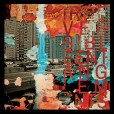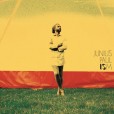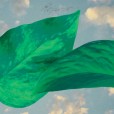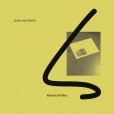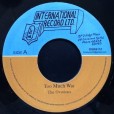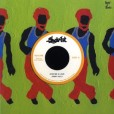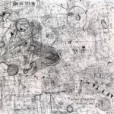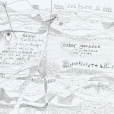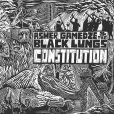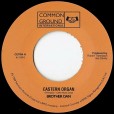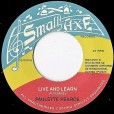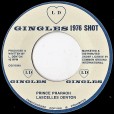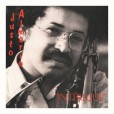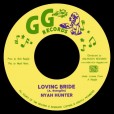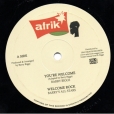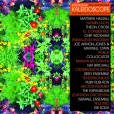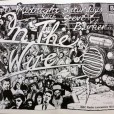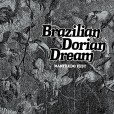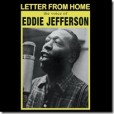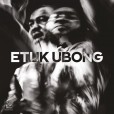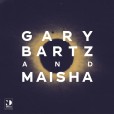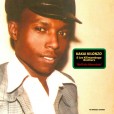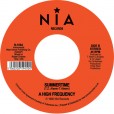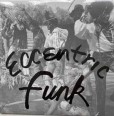Your basket is empty

Sublime vocal harmony roots. Pure Abyssinians manners.
George Wright and the boys cut one of our favourite Lovers a few years later… Secret Admirer.
Killer.
Startlingly accomplished new jazz from South Africa, teeming with ideas, influences and idioms.
Maybe you remember Asher’s drumming on Angel Bat Dawid’s The Oracle.
Hotly recommended.
A terrific album by the Hen Ogledd conspirator, and collaborator with the likes of Derek Bailey, Bill Orcutt and Jon Butcher.
A telyn rawn is a harp strung with wound and pleated horse hair. (Tristram Shandy would have a field day.) It’s maybe a millennium old; passing into obscurity around two hundred years ago.
“All the music on this album is improvised. I designed and built a long forgotten instrument, engaged with historical texts and poetry, learnt the techniques and music from the Robert ap Huw manuscript and researched the importance of the horse and horse cults in Welsh culture. All these interventions were a means to improvise historically informed music and re-evaluate the legacy of the harp in Wales but ultimately served as a jumping off point so as to create new possibilities.”
The music is warmly compelling: polyphonic, convivial, rootsy, evocative, often mesmeric, sometimes banging.
Ancient Welsh folk veers into koto and kora, Appalachian dulcimer and Norwegian langeleik; the wheezing, wailing, rocking traditions of drones and sawing from Louisiana to Albania are streamed into the Valleys, and out again, changed.
Handsomely presented, too. Hotly recommended.
A knockout, proto-Pablo, rocksteady organ instrumental. Dandy Livingstone, surprisingly enough, riding east of the River Nile. Originally out on Trojan in 1968.
Conscious lovers — Paulette’s own upful, considered advice, delivered with fresh, youthful persuasiveness, and deadly horns. Another killer one-away.
Ace mid-seventies roots and dub. Doomily austere and on-point, with both piano and organ, crisp high-hats, and and wickedly effective backing vocals.
An unmissable one-away, produced and arranged by Denton as the solitary release on his own label.
His first LP, recorded for Uno Melodic in 1981, produced by Roy Ayers.
En route the saxophonist had recorded with Mongo Santamaria, Jon Lucien and Dom Salvador. That’s him on James Mason’s Sweet Power Your Embrace; and he played on various Ayers LPs, including Vibrations and Lifeline.
Treasured for its gorgeous, mellow opener.
Lovely, wheezing roots, with the same charming frankness and male vulnerability as Jux’ She’s Gonna Marry Me.
Great tunes to spin at wedding parties (cut with Pablo’s Bells Of Death).
A beautiful song, perfectly suited to BB’s sweetly soulful singing style.
Bunny Lee runnings, originally; with King Tubby at the controls for the first dub here.
Pure loveliness.
A survey of the burgeoning new UK jazz scene.
‘Shows that while there is commonality in these artists’ approach to music, there is a wide variety of styles – from deep spiritual jazz, electronic experimentalisation, punk-edged funk, uplifting modal righteousness, deep soulful vocals and much more.’
Steve’s truly wonderful radio show On The Wire is being ‘rested’ by the BBC.
Read about it here. Check it out on Mixcloud, live and kicking.
Please write to station manager john.clayton@bbc.co.uk about this heathen foolishness, copying in Head of BBC Local Radio chris.burns@bbc.co.uk.
Chin up, Steve.
Leroy Burgess & The Fantastic Aleem Brothers.
A dozen deadly deep funk burners.
